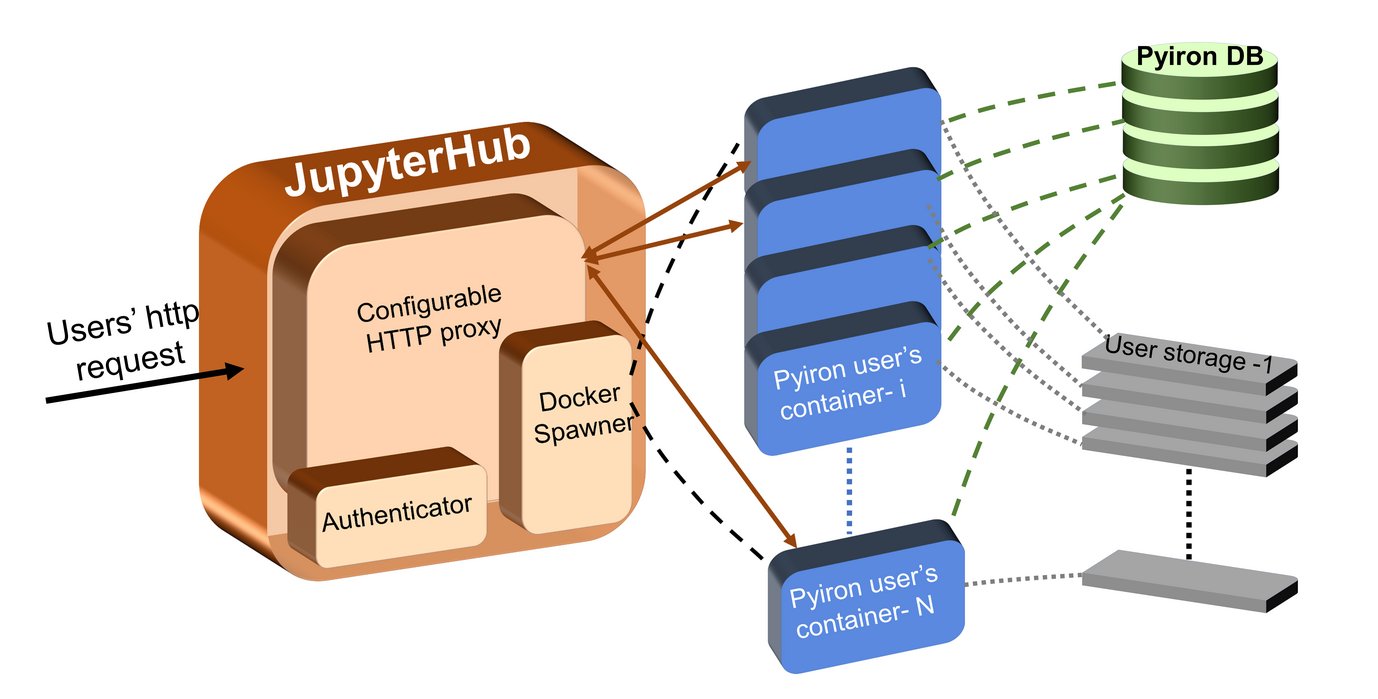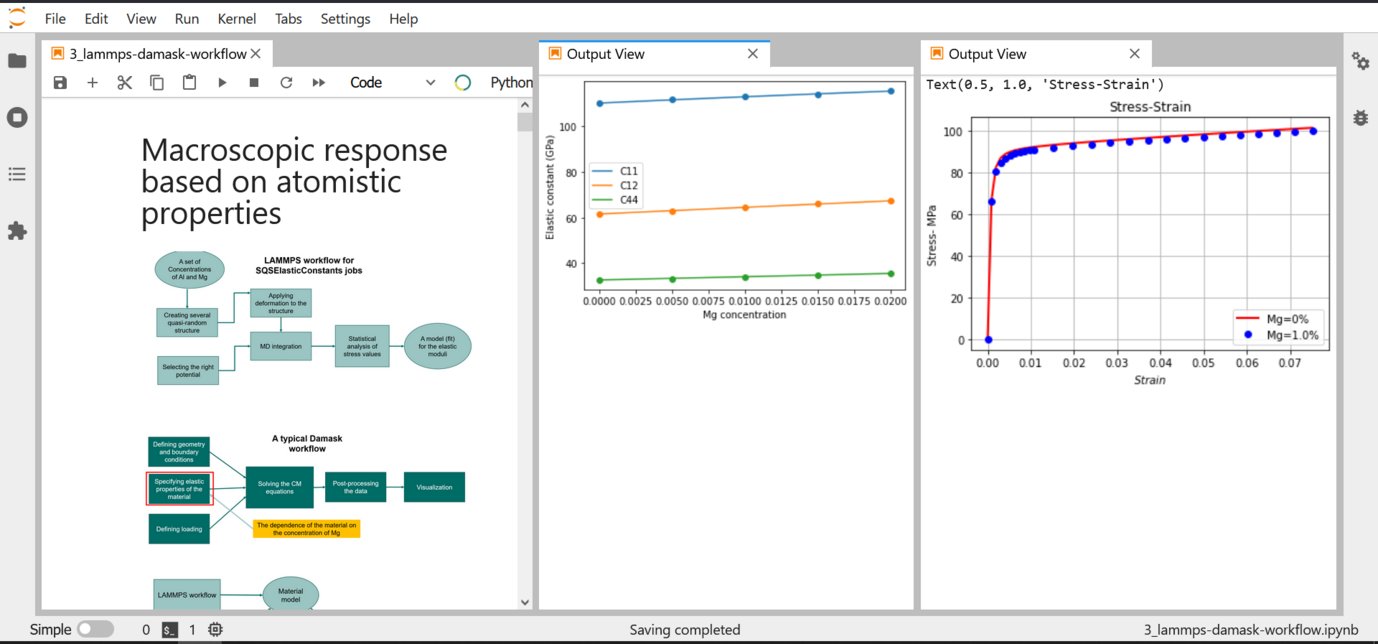Development of a Digital Infrastructure for MPIE

Recent developments in experimental techniques and computer simulations provided the basis to achieve many of the breakthroughs in understanding materials down to the atomic scale. While extremely powerful, these techniques produce more and more complex data, forcing all departments to develop advanced data management and analysis tools as well as investing into software engineering expertise.
Each department presides over various independent software projects at various stages of development, the main ones being pyiron (CM), an integrated development environment for material science, SPHInX (CM) for density functional theory calculations on the electronic scale, DAMASK (MA) for modelling crystal plasticity, PARAPROBE (MA) for analysing atom probe tomography data, and TEMMETA (SN) for analysing transmission electron microscopy data. Pyiron, as a workflow environment has been further extended to integrate the aformentioned simulation/analysis tools into its modules. This integration facilitates interdepartmental collaboration via workflows combining simulation and analyses of the in-house developed tools in MPIE.
By combining multiple components such as a central database, conda packages as the computational tools, and Jupyter notebooks as the frontend, pyiron provides a flexible environment for reproducible, interoperable, and sharable workflows (for more details see also here).
Taking advantage of the aforementioned features of pyiron requires an internal infrastructure which could be shared securely among all departments. To lower the barrier of interdepartmental collaborations, CM has contributed a dedicated server, which deploys preconfigured containerized Jupyter environments suitable for experimental workflows, as well as multiscale simulations (Fig. 1). Through a number of workshops of the MPIE software taskforce, the internal infrastructure has been introduced to the colleagues at MPIE. An example of such workflows can be found in Fig. 2, where the results from the atomistics simulation of LAMMPS is used as an input in DAMASK, as an elastoplastic solver, to model the macroscopic behavior of a set of Al-Mg alloys.

The elastic properties of an Al-Mg alloy are atomistically calculated for different concentrations, and are used as input for a series of DAMASK simulations. The result is a macroscopic response of the alloy under tensile loading, represented by the stress-strain curve.

